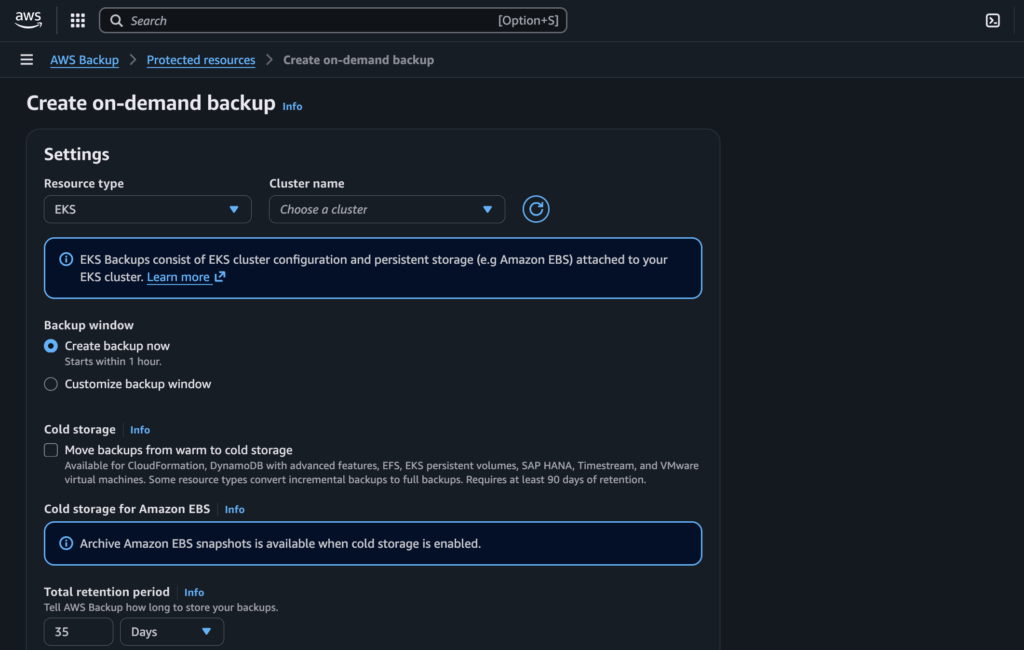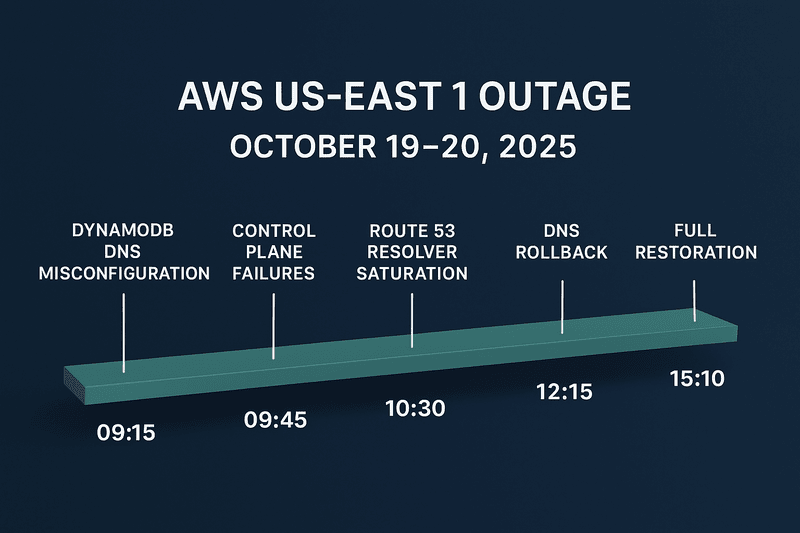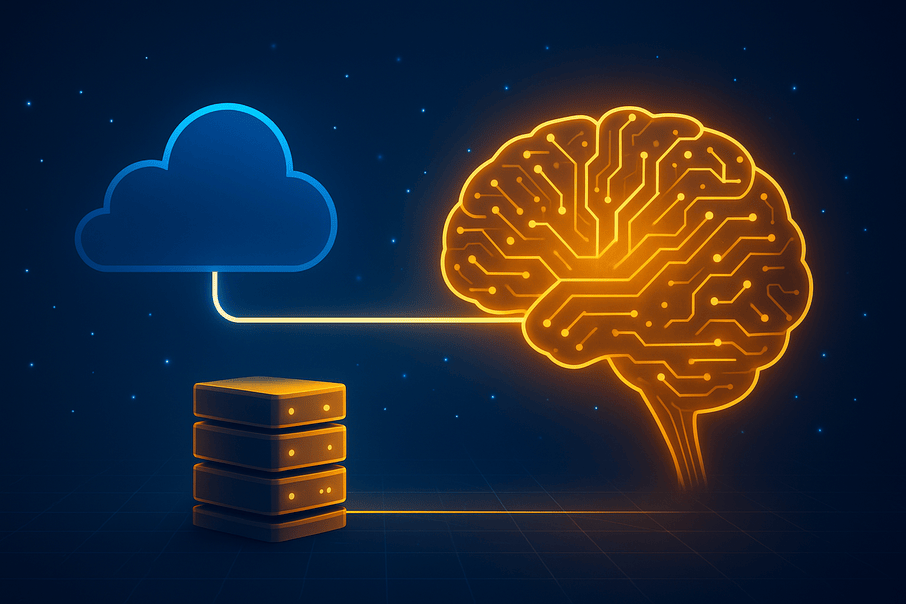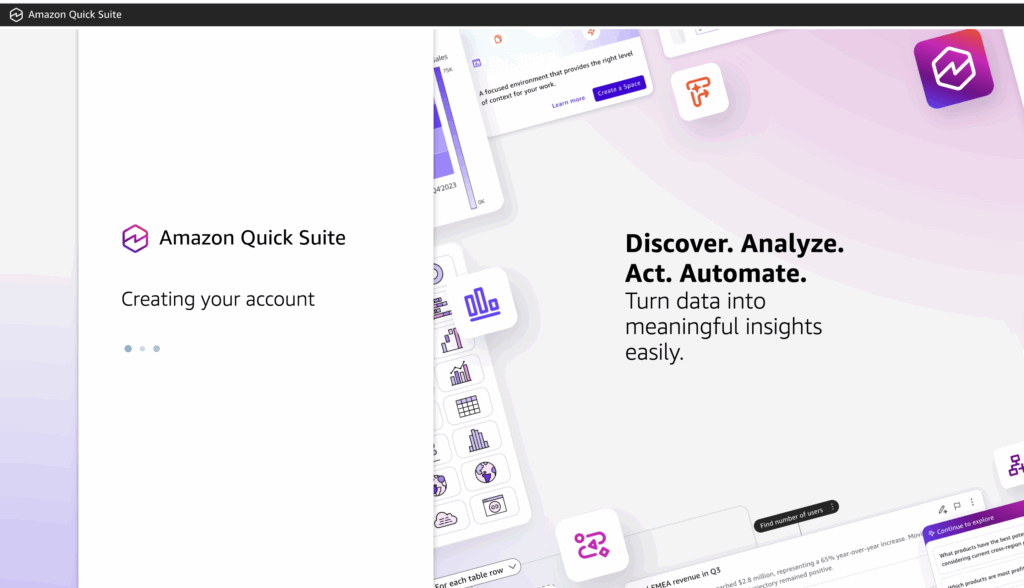DevOps roles are evolving rapidly, and cloud fluency is no longer optional; it’s expected. For engineers in Nigeria, Africa, and around the world, mastering AWS can open doors to global opportunities. This guide is your roadmap to preparing for DevOps interviews with a strong AWS emphasis. Whether you’re interviewing for a local fintech, a remote startup, or a global SRE role, this post covers the skills, tools, and techniques that help you stand out
What DevOps Interviews Usually Test
| Category | What They Expect | Sample AWS Tool |
|---|---|---|
| CI/CD | Build, test, and deploy pipelines | CodePipeline, CodeBuild, GitHub Actions |
| Infrastructure as Code | Reproducible infrastructure provisioning | CloudFormation, Terraform |
| Containers | Container lifecycle and orchestration knowledge | ECS, EKS, Fargate |
| Monitoring & Logging | Observability best practices | CloudWatch, Grafana, Prometheus |
| Security | IAM, secret management, compliance | IAM, Secrets Manager, SSM, KMS |
| Automation | Scripted workflows and event-driven automation | Lambda, EventBridge, Boto3 SDK |
Must-Know AWS Services for DevOps Interviews
- EC2 – Understand instance types, launch templates, autoscaling, and SSH management.
- S3 – Versioning, lifecycle policies, static site hosting, and S3 event triggers.
- IAM – Policies, roles, cross-account access, and service-linked roles.
- VPC – Custom VPCs, subnets (public/private), routing, NAT, NACLs vs Security Groups.
- ECS & EKS – Differences, deployment options, and scaling mechanisms.
- CloudFormation/Terraform – Writing reusable and modular IaC templates.
- CloudWatch – Logs, metrics, insights, alarms, and dashboards.
- CodePipeline & CodeDeploy – Full CI/CD lifecycle and integration with other AWS services.
Sample Interview Questions and How to Answer
Q: How would you build a zero-downtime deployment pipeline using AWS?
A: Use Blue/Green deployments via CodeDeploy. Integrate pre-traffic and post-traffic Lambda hooks for validation. Route traffic using ALB weighted target groups.
Q: What’s the difference between an IAM role and an IAM user?
A: IAM users are long-lived credentials for humans. IAM roles are temporary credentials designed for AWS services or federated users and can be assumed with proper permissions.
Q: How would you scale a stateless web app on ECS?
A: Use ECS on Fargate with an ALB. Define scaling policies based on CPU and memory thresholds. Ensure containers are stateless and externalize sessions to ElastiCache or DynamoDB.
Q: What’s the best way to manage application secrets?
A: Use AWS Secrets Manager for dynamic secrets and automatic rotation. For basic needs, use SSM Parameter Store with KMS encryption. Always use IAM roles to restrict access.
Q: How do you monitor a Kubernetes cluster running on EKS?
A: Install Prometheus and Grafana using Helm, or use AWS CloudWatch Container Insights. Leverage ADOT (AWS Distro for OpenTelemetry) for advanced telemetry.
Q: What’s the difference between public and private subnets in a VPC?
A: Public subnets have direct internet access via an internet gateway, while private subnets use a NAT gateway for outbound traffic and have no direct inbound internet access.
Q: How do you handle configuration drift in IaC?
A: Use tools like Terraform’s terraform plan or CloudFormation drift detection to compare deployed infrastructure with your IaC definitions.
Q: How would you automate SSL certificate rotation?
A: Use AWS Certificate Manager (ACM), which automatically renews certificates. For custom certs, use Lambda triggered by CloudWatch Events to rotate them.
Q: How does S3 versioning help in backup and recovery?
A: S3 versioning keeps multiple versions of an object, enabling rollback to earlier versions or recovery from accidental deletions.
Q: What are spot instances, and when would you use them?
A: Spot instances are unused EC2 capacity at a discount. Use them for stateless, fault-tolerant workloads like batch jobs or CI builds.
Q: Describe how ALB and NLB differ.
A: ALB is ideal for HTTP/HTTPS traffic with advanced routing, while NLB supports TCP/UDP and is best for high-performance or low-latency use cases.
Q: How do you secure access to RDS from ECS?
A: Place ECS and RDS in the same VPC with proper security group rules. Use IAM roles for ECS tasks if IAM DB authentication is enabled.
Q: What is the difference between a NACL and a Security Group
A: While NACL operates on the Subnet level, security groups operate on the instance level.
Q: What’s a lifecycle policy in S3, and how can it reduce costs?
A: Lifecycle policies automate moving data to cheaper storage classes or deleting old objects to save costs. Read more.
Q: How do you schedule automated backups for EC2?
A: Use Amazon Data Lifecycle Manager or AWS Backup to automate EC2 snapshot creation and retention.
Q: What are some strategies for minimizing data egress costs?
A: Use CloudFront, keep services in the same region, and use private endpoints (VPC peering, AWS PrivateLink).
Q: How do you monitor Lambda performance?
A: Use CloudWatch metrics (duration, invocations, errors) and enable X-Ray tracing for performance analysis. Read More.
Q: What is a CloudWatch custom metric, and when would you use it?
A: It’s a user-defined metric pushed using the AWS CLI or SDK. Use it when built-in metrics don’t capture your use case.
Q: Describe a canary deployment using AWS tools.
A: Use CodeDeploy with Lambda or ECS, configure traffic shifting over time, and monitor CloudWatch alarms to stop deployment if issues arise.
Q: How do you configure cross-region replication in S3?
A: Enable it in the source bucket settings, set the destination bucket, and the IAM role for replication. Read More.
Q: What’s the purpose of a bastion host?
A: It provides secure SSH access to instances in private subnets, reducing exposure to the public internet. Read More.
Q: Explain the principle of least privilege with IAM.
A: Grant users/services only the permissions they need to perform their job, and nothing more. Read More.
Q: How do you set up centralized logging from multiple accounts?
A: Use CloudWatch cross-account log subscriptions or forward logs to a central S3 bucket using Kinesis/Data Firehose.
Q: How can EventBridge be used to automate workflows?
A: EventBridge can trigger Lambda, Step Functions, or ECS tasks in response to service or custom events. Read More.
Q: What is the difference between CodeCommit and GitHub?
A: CodeCommit is AWS’s managed Git service integrated with IAM, while GitHub is an external platform with broader ecosystem tools.
Q: How does AWS Systems Manager help in patch management?
A: Use SSM Patch Manager to scan, apply patches, and automate compliance across EC2 instances.
Q: What are common security misconfigurations in AWS?
A: Public S3 buckets, overly permissive IAM policies, open security groups, and lack of encryption or logging.
Q: How do you perform blue/green deployments in EKS?
A: Use Kubernetes Deployment strategies, Ingress controllers with traffic splitting, or service meshes like Istio or Linkerd.
Q: What is the shared responsibility model?
A: AWS secures the infrastructure, while customers are responsible for securing their apps, data, and configurations.
Q: How can AWS Budgets help manage cloud spend?
A: Set alerts for usage and cost thresholds, track reserved instance utilization, and analyze spending patterns. Read More
Q: Explain how Route 53 failover routing works.
A: It uses health checks to determine if a primary resource is healthy and redirects traffic to a secondary resource on failure.
Q: What’s the difference between AWS Organizations and Control Tower?
A: Organizations help manage multiple AWS accounts, while Control Tower adds governance, baselining, and automation.
Q: How do you implement drift detection in CloudFormation?
A: Use the CloudFormation console or CLI to detect changes made outside the stack’s declared resources. Read more.
Q: How do you use tags effectively for cost allocation?
A: Apply consistent cost allocation tags on resources and enable cost allocation reports in the billing console.
Q: What tools would you use to audit access to sensitive data?
A: Use CloudTrail, AWS Config, GuardDuty, and Access Analyzer to monitor, audit, and detect anomalies.
Q: What’s the best practice for managing secrets across environments?
A: Use centralized secret management with Secrets Manager or SSM Parameter Store, and use IAM roles for access control per environment.
Q: How do you optimize a CloudWatch dashboard for executive reporting?
A: Focus on key metrics like uptime, latency, and costs. Use summary widgets and consolidate views by service.
Q: What’s the difference between CloudTrail and AWS Config?
A: CloudTrail records API activity, while AWS Config tracks resource configurations and compliance over time.
Q: How can you test infrastructure changes before applying them in production?
A: Use Terraform with terraform plan, create staging environments, or leverage AWS CloudFormation Change Sets.
Q: What is the role of a NAT Gateway in AWS?
A: It allows instances in private subnets to access the internet for updates or API calls without exposing them directly. Read More.
Q: What’s a practical use of AWS Step Functions?
A: Orchestrate microservices or automate multi-step serverless workflows like image processing or approval systems.
Q: What’s the use case for EFS vs S3?
A: EFS is for shared file systems across EC2, while S3 is an object store ideal for static content, backups, and analytics.
Q: What’s the benefit of multi-AZ RDS deployment?
A: Provides high availability by replicating data synchronously to a standby instance in a different AZ.
Q: How do you handle blue/green deployments with RDS schema changes?
A: Use database migration tools, feature toggles, or deploy schema-compatible changes in advance.
Q: How do you perform health checks in ECS?
A: Define container health checks and set up ALB health checks to control traffic routing.
Q: What are the differences between managed node groups and self-managed nodes in EKS?
A: Managed nodes are fully AWS-managed with auto-scaling and patching; self-managed offers more control but requires more maintenance.
Q: How would you implement throttling in an API Gateway?
A: Set usage plans and throttling limits in API Gateway to protect backend services from traffic spikes.
Q: What tools help visualize Terraform deployments?
A: Use the Terraform graph command or third-party tools like Atlantis or Infracost for better visualization and cost planning.
Q: What’s the difference between an inline and managed IAM policy?
A: Inline policies are embedded directly into a single IAM identity; managed policies can be reused across multiple identities.
Q: What’s an AWS Landing Zone, and when should you use one?
A: It’s a secure, multi-account AWS environment set up using best practices. Use it for scaling and governance from Day 1. Read more
Q: How do you manage environment-specific variables in CI/CD pipelines?
A: Use parameter stores, encrypted secrets, or environment configuration files managed securely in the CI/CD tool.
Hands-On Projects That Prove You’re Ready
- CI/CD Pipeline: GitHub Actions → CodeBuild → ECS Fargate + RDS.
- IaC: Terraform module to deploy a multi-tier VPC + ALB + EC2 Auto Scaling.
- Observability Stack: Deploy centralized logging with Prometheus, Grafana, and Loki.
- Security: Implement secret rotation and auditing with Secrets Manager + CloudTrail.
- Serverless: Build an event-driven architecture using S3 + Lambda + EventBridge.
Check 5 projects you can do in AWS to test your skills.
Final Tips to Ace DevOps Interviews
- Understand the “Why” behind every tool: Interviewers want to know your decision-making process.
- Draw and explain architectures: Use whiteboards or visual tools to walk through real-world systems.
- Show cost-awareness: Discuss how you’ve optimized AWS usage with spot instances, budget alerts, or Savings Plans.
- Practice behavioral questions: Many DevOps interviews include SRE-style incident response scenarios.
Summary
DevOps interviews require a blend of engineering skills, AWS fluency, and systems thinking. The more you build, test, and iterate, the more confidently you’ll interview. As a DevOps engineer from Nigeria or Africa, your perspective, adaptability, and cost-efficiency mindset can be your superpower.







